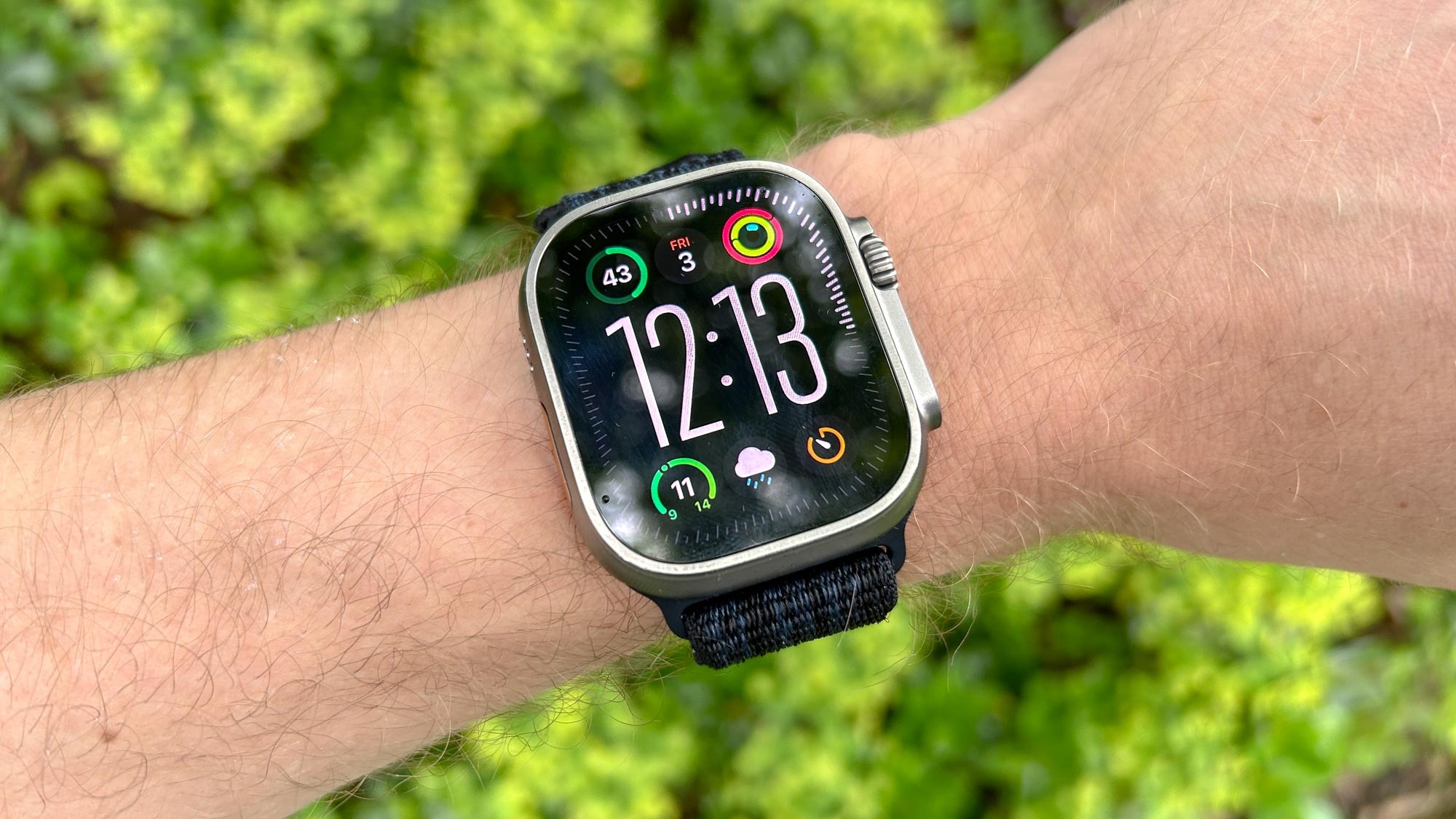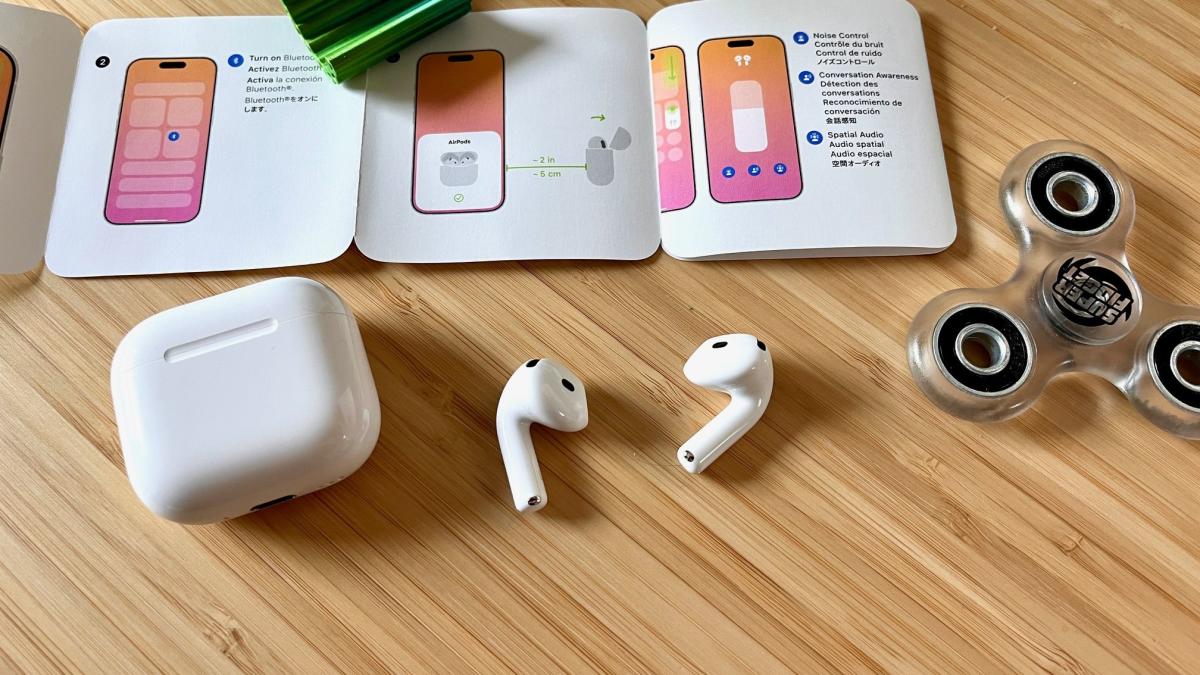Big news for Apple fans! The Apple Watch SE 3 is expected to launch later in 2025, and it’s been three years since the last update. This budget-friendly smartwatch, first released in 2020 for $279, dropped to $249 in 2022 with a switch to a nylon composite back.
Now, rumors suggest exciting changes are on the way. Word is that Apple might swap the aluminum body for a tough plastic one. This could lower the price even more, making it a great pick for folks who want a solid watch without spending too much.
The plastic design might also bring fun, bright colors—perfect for kids or anyone who loves a pop of style. Experts like Mark Gurman from Bloomberg say this shift could cut costs, though there’s no word yet on new features.
The current SE model is still a steal at $249, offering good fitness tracking and basic smartwatch perks. But with this update, Apple could shake things up and keep it fresh. It’s been a while since the last refresh in 2022, so fans are eager to see what’s next.
Will it stay affordable and add cool upgrades? We’ll find out later this year when Apple likely reveals the SE 3 alongside other new goodies. For now, it’s all about waiting and guessing what this popular watch will bring to the table!






